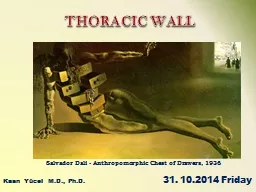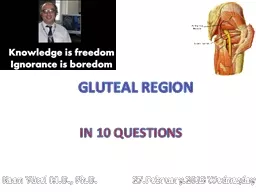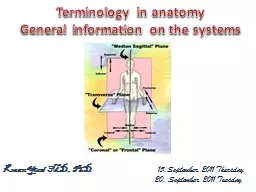PPT-Kaan Yücel M.D., Ph.D.
Author : conchita-marotz | Published Date : 2019-11-21
Kaan Yücel MD PhD Salvador Dali Anthropomorphic Chest of Drawers 1936 THORACIC WALL 31 102014 Friday 1 THORAX the part between the neck and the abdomen Chest Xray
Presentation Embed Code
Download Presentation
Download Presentation The PPT/PDF document "Kaan Yücel M.D., Ph.D." is the property of its rightful owner. Permission is granted to download and print the materials on this website for personal, non-commercial use only, and to display it on your personal computer provided you do not modify the materials and that you retain all copyright notices contained in the materials. By downloading content from our website, you accept the terms of this agreement.
Kaan Yücel M.D., Ph.D.: Transcript
Download Rules Of Document
"Kaan Yücel M.D., Ph.D."The content belongs to its owner. You may download and print it for personal use, without modification, and keep all copyright notices. By downloading, you agree to these terms.
Related Documents



